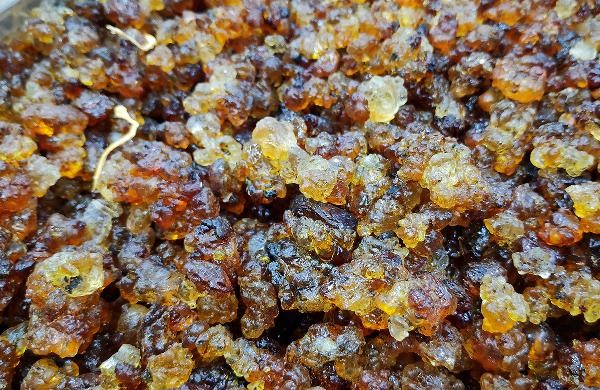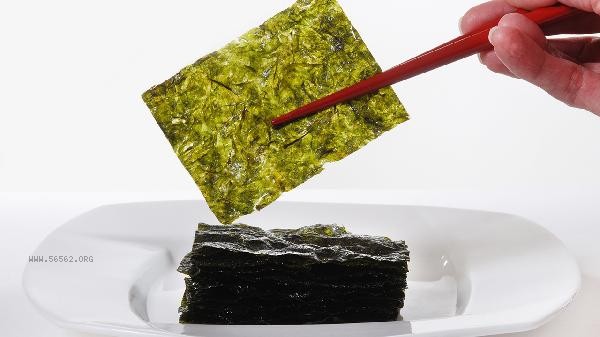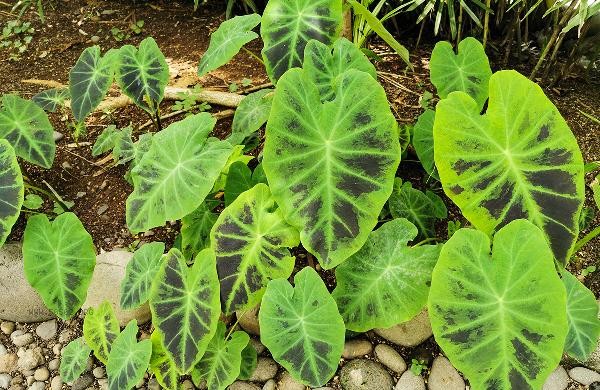Generally, buying seaweed does not require cleaning and can be cooked directly. Seaweed has undergone high-temperature drying and purification treatment during the processing, resulting in less residual impurities on the surface. But if obvious sand particles are found or there are concerns about hygiene, they can be quickly rinsed with clean water and squeezed dry. Seaweed belongs to the seaweed food category and undergoes multiple cleaning processes during industrial production, including seawater washing, ultraviolet sterilization, etc. Packaged seaweed produced by legitimate manufacturers usually meets food safety standards, and shredding it directly for soup or cold mixing will not affect health. The white substance naturally attached to the surface of seaweed is mostly mannitol crystals, which are the natural umami components of seaweed. Washing it will actually lose its flavor. Some bulk seaweed may be contaminated with dust due to improper transportation and storage, or seaweed manually dried in coastal areas may contain trace amounts of sea sand. This type of seaweed can be quickly rinsed with cold water, but the soaking time should not exceed 10 seconds to avoid the loss of water-soluble vitamins and flavor substances. After cleaning, it is necessary to use kitchen paper to absorb the moisture, as damp seaweed is prone to spoilage and stickiness. Instant seaweed slices, seasoned seaweed and other deep processed products do not require cleaning at all.

It is recommended to choose packaging products from regular channels for daily consumption of seaweed, and seal and store them to prevent moisture after opening. Seaweed is rich in iodine and dietary fiber. Consuming 2-3 times a week can help supplement trace elements, but hyperthyroidism patients need to control their intake. Pairing with ingredients such as tofu and eggs can increase protein absorption, and adding seaweed at the end of soup can retain more nutrients.










Comments (0)
Leave a Comment
No comments yet
Be the first to share your thoughts!